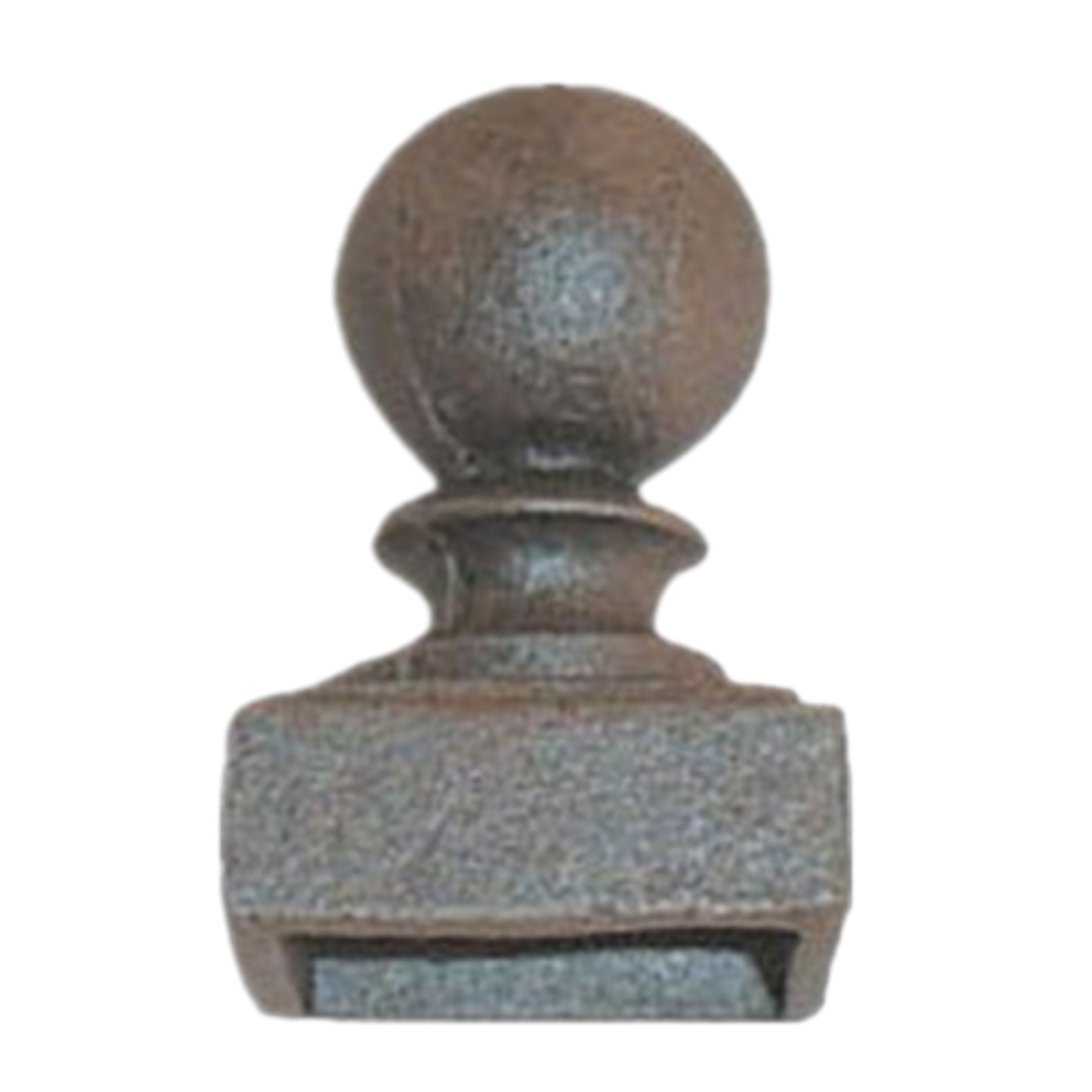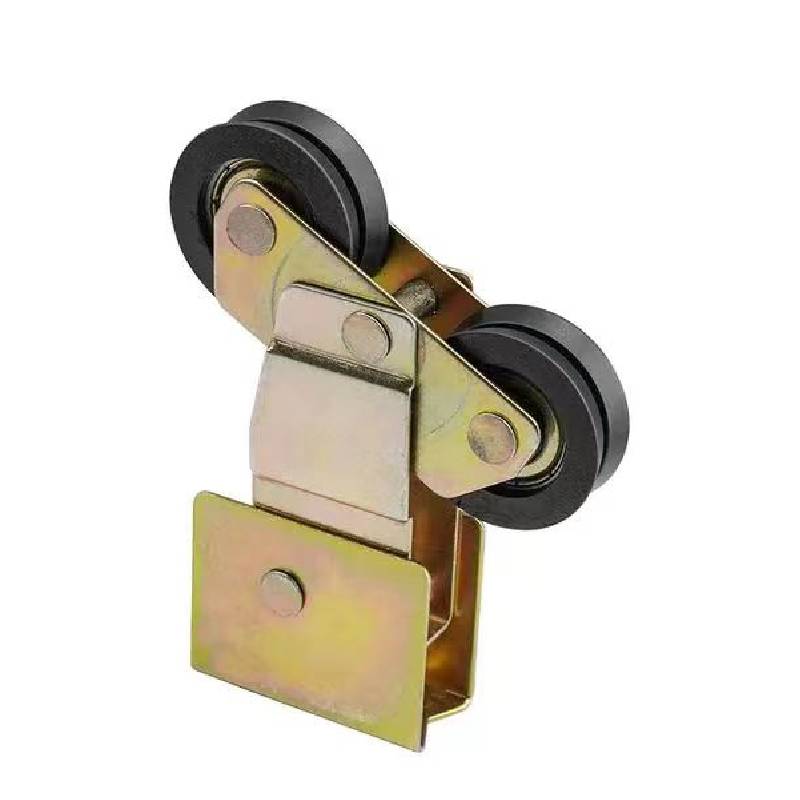Feb . 16, 2025 06:52
Back to list
cast iron components
Iron gate components serve as vital elements in the construction and functionality of gates used for security, aesthetics, and durability. Understanding these components is crucial for anyone looking to invest in high-quality iron gates, whether for residential or commercial property. This article explores the essential iron gate components that go into creating robust and visually appealing gates, highlighting their significance and providing insights from industry experts.
Hinges Hinges are critical components that facilitate the opening and closing of the gate. Heavy-duty hinges are recommended for iron gates due to their ability to support substantial weight and frequent use. Experts advise selecting adjustable hinges to ensure ease of movement and proper alignment. Ball-bearing hinges are popular among specialists for their ability to provide smooth operation and reduced wear over time. Properly installed hinges prevent sagging and ensure the gate opens effortlessly. Locks and Latches Security is a primary concern for gate owners, making the choice of locks and latches essential. There is a variety of locking mechanisms available, ranging from simple latch systems to sophisticated electronic locks. For ultimate security, industry specialists suggest using a combination of mechanical and electronic locks that provide the convenience of remote access without compromising safety. The inclusion of high-quality locks ensures that unauthorized access is prevented, giving property owners peace of mind. Finish The finish of an iron gate not only contributes to its look but also protects against environmental damage. A well-applied finish can prevent rust and prolong the lifespan of the gate. Finishes such as powder coating or galvanization provide a protective layer that shields the iron from moisture and UV rays. Experts recommend a thorough finish that is both aesthetic and protective, maintaining the gate’s appearance and structural integrity for years. In conclusion, the components of iron gates are crucial for their performance and longevity. Industry professionals underline the necessity for quality in each component to ensure that the gate remains a functional and aesthetic asset to any property. By investing in superior materials and craftsmanship, property owners can secure their premises while enhancing their property's value and appeal. Understanding the importance of these components allows one to make informed decisions when selecting or maintaining an iron gate, reflecting experience, expertise, authoritativeness, and trustworthiness—key factors that Google SEO prioritizes.


Hinges Hinges are critical components that facilitate the opening and closing of the gate. Heavy-duty hinges are recommended for iron gates due to their ability to support substantial weight and frequent use. Experts advise selecting adjustable hinges to ensure ease of movement and proper alignment. Ball-bearing hinges are popular among specialists for their ability to provide smooth operation and reduced wear over time. Properly installed hinges prevent sagging and ensure the gate opens effortlessly. Locks and Latches Security is a primary concern for gate owners, making the choice of locks and latches essential. There is a variety of locking mechanisms available, ranging from simple latch systems to sophisticated electronic locks. For ultimate security, industry specialists suggest using a combination of mechanical and electronic locks that provide the convenience of remote access without compromising safety. The inclusion of high-quality locks ensures that unauthorized access is prevented, giving property owners peace of mind. Finish The finish of an iron gate not only contributes to its look but also protects against environmental damage. A well-applied finish can prevent rust and prolong the lifespan of the gate. Finishes such as powder coating or galvanization provide a protective layer that shields the iron from moisture and UV rays. Experts recommend a thorough finish that is both aesthetic and protective, maintaining the gate’s appearance and structural integrity for years. In conclusion, the components of iron gates are crucial for their performance and longevity. Industry professionals underline the necessity for quality in each component to ensure that the gate remains a functional and aesthetic asset to any property. By investing in superior materials and craftsmanship, property owners can secure their premises while enhancing their property's value and appeal. Understanding the importance of these components allows one to make informed decisions when selecting or maintaining an iron gate, reflecting experience, expertise, authoritativeness, and trustworthiness—key factors that Google SEO prioritizes.
Next:
Latest news
-
Wrought Iron Components: Timeless Elegance and Structural StrengthNewsJul.28,2025
-
Window Hardware Essentials: Rollers, Handles, and Locking SolutionsNewsJul.28,2025
-
Small Agricultural Processing Machines: Corn Threshers, Cassava Chippers, Grain Peelers & Chaff CuttersNewsJul.28,2025
-
Sliding Rollers: Smooth, Silent, and Built to LastNewsJul.28,2025
-
Cast Iron Stoves: Timeless Heating with Modern EfficiencyNewsJul.28,2025
-
Cast Iron Pipe and Fitting: Durable, Fire-Resistant Solutions for Plumbing and DrainageNewsJul.28,2025
-
 Wrought Iron Components: Timeless Elegance and Structural StrengthJul-28-2025Wrought Iron Components: Timeless Elegance and Structural Strength
Wrought Iron Components: Timeless Elegance and Structural StrengthJul-28-2025Wrought Iron Components: Timeless Elegance and Structural Strength -
 Window Hardware Essentials: Rollers, Handles, and Locking SolutionsJul-28-2025Window Hardware Essentials: Rollers, Handles, and Locking Solutions
Window Hardware Essentials: Rollers, Handles, and Locking SolutionsJul-28-2025Window Hardware Essentials: Rollers, Handles, and Locking Solutions -
 Small Agricultural Processing Machines: Corn Threshers, Cassava Chippers, Grain Peelers & Chaff CuttersJul-28-2025Small Agricultural Processing Machines: Corn Threshers, Cassava Chippers, Grain Peelers & Chaff Cutters
Small Agricultural Processing Machines: Corn Threshers, Cassava Chippers, Grain Peelers & Chaff CuttersJul-28-2025Small Agricultural Processing Machines: Corn Threshers, Cassava Chippers, Grain Peelers & Chaff Cutters












